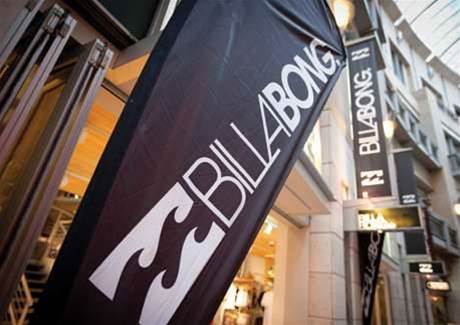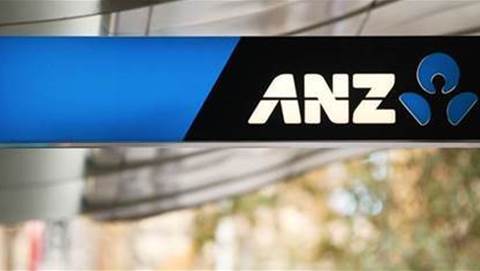Billabong will focus on building out its capabilities in CRM and online retail systems as part of a high-level turnaround plan aimed at recovering from an $860 million loss in 2012.

In its annual meeting on the Gold Coast today, Billabong executives took shareholders through its seven-point strategy to return the company to profitability.
Billabong’s troubles have come as a result of the business trying to do too many things - including being a pure-play multi-brand ecommerce business - and doing “none of them particularly well”, new CEO Neil Fiske said.
“And then multiply that complexity by a regionalised organisation structure with independent decision making and different operating infrastructure.”
Its new mantra, Fiske said, is “fewer, bigger, better” - and this also applies to IT systems.
He flagged a bigger chunk of investment into digital and CRM in order to “own the multi-channel customers”.
“We want to get the customers into our database, be able to market to them directly, and get them to spend more in all of our channels,” he said today.
The retail giant is aiming aggressively for mono-brand direct to consumer sales (via a yet-to-be-built new platform, which involves the combination of retail, social media and CRM) to drive upwards of 30 percent of sales in the next five years.
“We live in an omni-channel world. The best customers shop in all our channels - digital, our own retail stores, and wholesale. And they are worth 3-4 times the value of a single channel customer,” Fiske said.
The heavier focus on the mono-brand direct to consumer platform means Billabong’s multi-brand retail and ecommerce platforms will have to take a backseat.
The company’s aim for ecommerce, as hinted at in its previous turnaround strategy released last August, is to end up with a tightly integrated retail and ecommerce capability, Fiske said.
It is already using iPad minis to cut down on queues in North America, giving customers the option of browsing and ordering products online with the device, or purchasing a product in-store without having to queue.
The August strategy also signalled a need to unify a number of disparate platforms used in its various geographical arms around the world.
A previous regional-based approach means the group is running three different ERP systems, different email and warehouse systems, and different ecommerce platforms. It has already made the move to one global business intelligence system, underpinned by SAP Business Objects.
Fiske said today unifying the disparate platforms would give Billabong much-needed scale.
“We need to get to one global platform to drive our costs down and capacity up,” he said.
Billabong expects to finalises the organisation redesign work over the next 4-6 weeks, and begin rolling it out around early February.


.png&h=140&w=231&c=1&s=0)

.png&h=140&w=231&c=1&s=0)



.png&w=100&c=1&s=0)

 Digital Leadership Day Federal
Digital Leadership Day Federal
 Government Cyber Security Showcase Federal
Government Cyber Security Showcase Federal
 Government Innovation Showcase Federal
Government Innovation Showcase Federal
 Digital NSW 2025 Showcase
Digital NSW 2025 Showcase












_(1).jpg&h=140&w=231&c=1&s=0)



